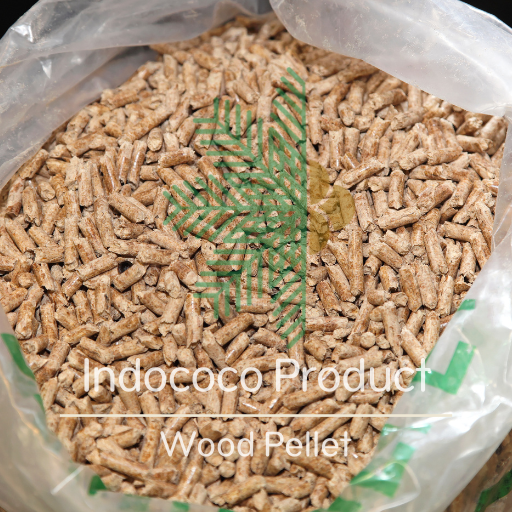
Gardening and farming enthusiasts are increasingly turning to coconut coir, a sustainable growing in coconut coir medium derived from coconut fiber, to elevate their horticultural practices. As the world embraces eco-friendly alternatives, coconut coir products have taken center stage, offering a wealth of benefits. This article will unveil seven invaluable tips to help you harness the full potential of coconut coir. Before we delve into these tips, it’s essential to understand the versatility of coconut coir products, including coconut coir fiber, peat, and chips, and how they can revolutionize your gardening experience.
Understanding Growing In Coconut Coir Products
Before we delve into the tips, it’s essential to understand the types of coconut coir products available:
- Coconut Coir Fiber
These long, fibrous strands provide excellent aeration and drainage properties, making them ideal for potting mixes and hydroponic systems.

- Coconut Coir Peat
Coir peat, also known as coir pith, is a fine, soil-like substance. It has high water-holding capacity and is often used to improve water retention in soils.
- Coconut Coir Chips
Coir chips are larger chunks of coconut coir, primarily used for orchids and other epiphytic plants.
Tips for Successful Gardening with Growing In Coconut Coir
- Preparing Coconut Coir
Before using coconut coir, it’s crucial to prepare it properly. Typically, coir comes in a compressed block that expands when hydrated. Soak it in water until it fully expands, and then fluff it up to ensure it’s ready for planting.
- Mixing with Other Ingredients
Coconut coir is often used as part of a growing in coconut coir mix. You can combine it with perlite, vermiculite, and compost to create a well-balanced medium that provides excellent aeration and nutrient retention.
- Watering Techniques
Coconut coir tends to retain moisture well, so it’s important not to overwater. Ensure your pots have proper drainage, and allow the coir to dry slightly between waterings. This will help prevent root rot.
- Fertilization
Coconut coir itself is nutrient-free, so you’ll need to add fertilizers. Consider using organic fertilizers or slow-release granules to provide a steady supply of nutrients to your plants.
- pH Monitoring
Regularly check the pH of your coconut coir mix, as it can become slightly alkaline over time. Adjust the pH with natural additives, such as sulfur or lime, to keep it within the optimal range for your plants.
- Pest and Disease Control
Coconut coir is naturally resistant to pests and diseases, making it a great choice for organic gardening. Still, it’s important to monitor your plants and take preventive measures as necessary.
- Reusing Coconut Coir
Coconut coir can be reused for multiple growing in coconut coir cycles. After harvesting your plants, refresh the coir by flushing it with water and draining it thoroughly. You can then add fresh nutrients and use it again.Growing in coconut coir products offer a sustainable and effective solution for gardeners and farmers looking to enhance their horticultural practices. By following these seven essential tips, you can maximize the benefits of coconut coir, unlock its full potential, and enjoy healthy, thriving plants.
Whether you are an avid gardener or a commercial farmer, the versatility of coconut coir makes it an excellent choice for a wide range of applications. With its eco-friendly nature and numerous advantages, coconut coir is a valuable resource that can help you grow plants with better yields and overall success. So, start incorporating coconut coir into your gardening routine, and watch your plants flourish in this eco-friendly, nutrient-rich growing medium.
If you interest to know more information about coco peat and other coconut derivative products, you can visit our website https://indonesiacocofiber.com/ . You can also click link WhatsApp https://wa.me/6281212333590 (Ms. Maria) to connect directly with us.
